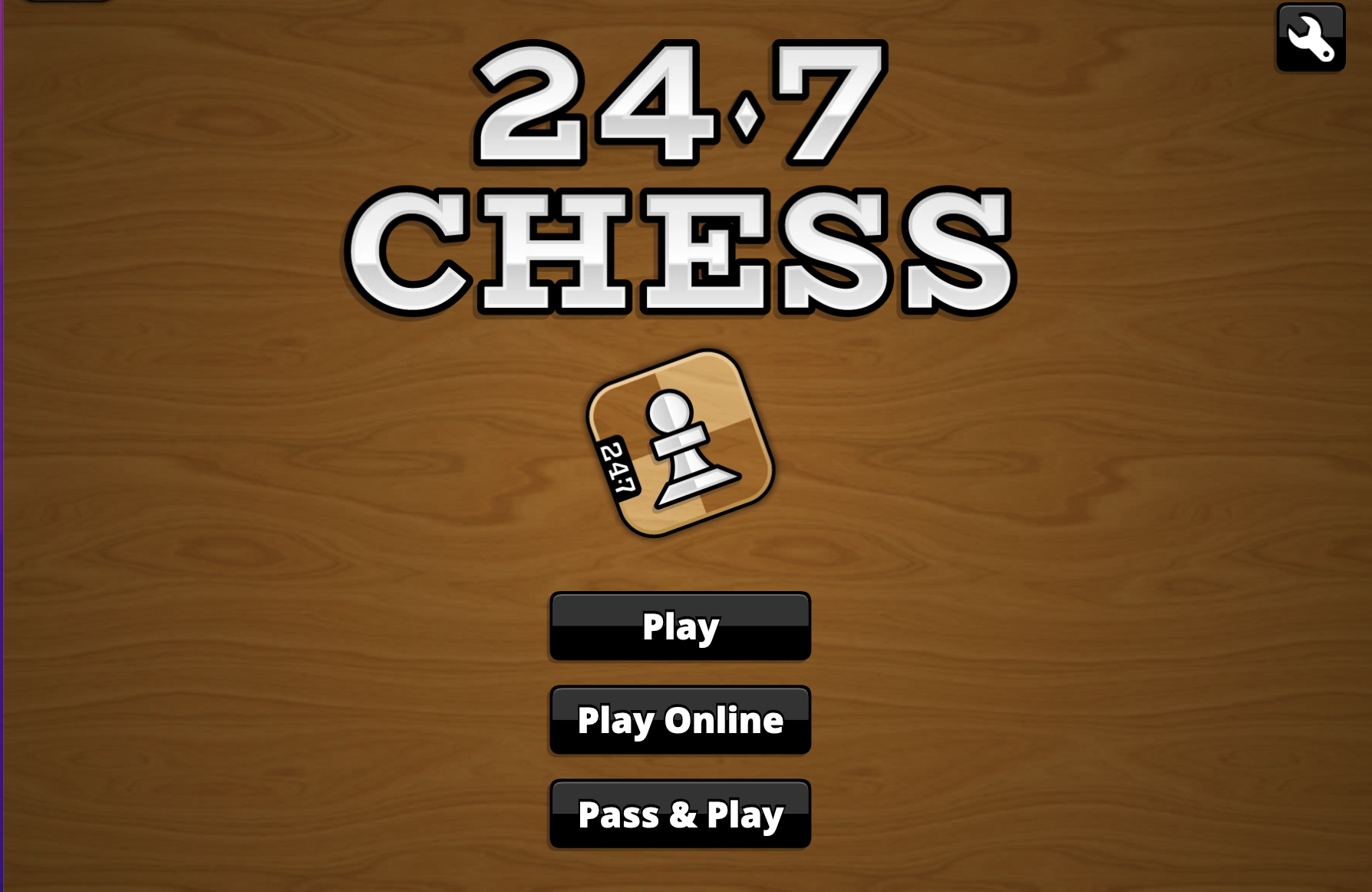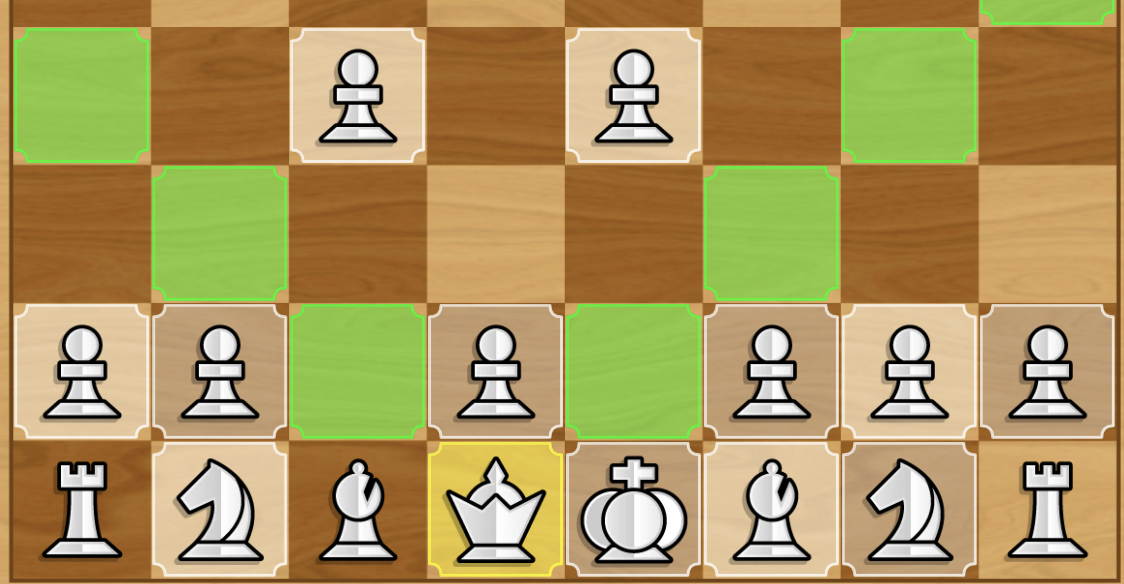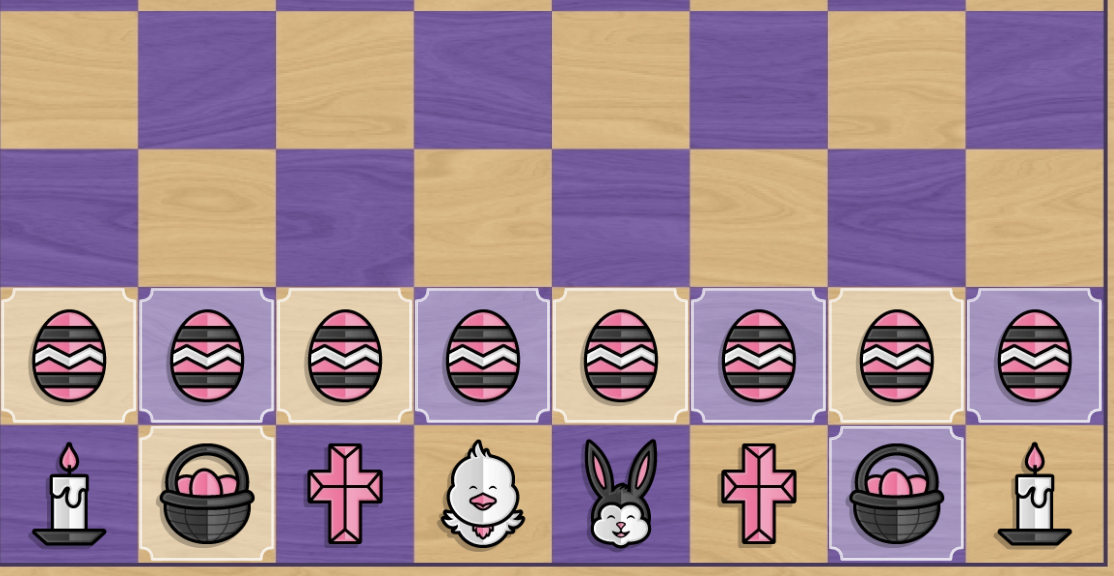How Does the Queen Move in Chess? Essential Guide

It’s often said that a King is nothing without his Queen, and her importance in the game of Chess cannot be emphasized enough. If you want to become a successfulChess player, learning to use the Queen more effectively will be essential.
This quick guide will teach you everything from understanding the move available to the Queen to building a strategy that revolves around the Queen’s power.
Introduction to the Queen's Power
The Queen is the most powerful piece on the Chess board, and is worth nine points compared to just one point for Pawns, three points for Bishops and Knights, and five points for Rooks. So, the Queen is worth more than the opponent’s entire collection of eight Pawns, more than a Rook plus a Bishop or Knight, and the same as any three-piece combination of Knights and Bishops.
Each player has one Queen, with the White Queen starting at D1 and the Black Queen beginning at D8.
A Queen can move more freely than any other piece on the board, essentially combining the moves of the Bishop and the Rook. The only thing that the Queen can’t do is replicate the Knight’s moves, such as moving in an ‘L’ shape or jump over other pieces to complete a move.
Interestingly, the Queen initially moves in the same way as the King, being restricted to moving just one square at a time. This changed to two squares in any direction at the beginning of the 14th century before evolving once more to the current moves in the 16th century.
The Queen's Unique Moves
In combining the moves of the Rook and the Bishop, the Queen is able to move in any direction, just like the King can. The game’s most powerful piece can move horizontally, vertically, or diagonally. Moreover, the Queen can move just one space or potentially from one end of the board to the other - even diagonally from A1 to H8 - unlike the King.
The Queen can move freely in any direction until blocked by another piece. If blocked by a friendly piece, the Queen can stop on any square between the starting point and the occupied square. If a square is occupied by an enemy piece, the player can take the opponent’s piece and place the Queen in this spot.
Due to its ability to move freely, the Queen will evoke check or checkmate (depending on the location of other pieces) by creating an unobstructed path to the opponent’s King.
It should be noted that themed Chess games may change the depiction of the Queen. For example, Easter Chess changes the Queen for a Chick. However, the moves of the pieces starting from D1 and D8 remain unchanged.

Maximizing Queen Movement
Understanding how the Queen moves is one thing, but learning how to maximize this movement is another. Aside from becoming the catalyst for attacks, it can provide a psychological edge over the opponent as it can be daunting to know the other player knows what they’re doing with their Queen - in turn, this can increase the likelihood of errors.
As with many things in life, the key is to strike a good balance. In other words, you want the Queen to have freedom of movement without leaving her open to attack from the enemy. Here are some things to consider;
- Keeping your Queen in row A or row H means that it can only move in five directions rather than the eight it could from a central location. On the flip side, attacks can only come from five directions.
- It is important to keep the Queen unobstructed by friendly pieces where possible, at least once it is out in play. Your Queen can’t jump friendly pieces, meaning the restrictions may harm your hopes of surmounting an attack.
- You should also try to keep at least two of the three movement lines (horizontal, vertical, diagonal) free as this will usually mean that an escape is available even when the opponent attempts to take your Queen.
Remember that you do not necessarily have to develop the Queen to open potential avenues of movement. Moving the pawns at C1 and E1, for example, open diagonal movements at an early stage. Just be sure to keep the Queen suitably protected too.

Strategies for Using the Queen
To truly use the Queen in an effective way, you must first acknowledge your current level of play - as well as the level of the opponent. If you are a novice or intermediate player, early development can be a great way to take control of the game. It can become a key feature of opening with White, even leading to Scholar’s Mate. At the more advanced level, though, delayed usage of the Queen is far more commonplace.
In fact, exchanges involving the Queen often signal the start of the endgame as the player that captures the enemy Queen often gains an almost unassailable advantage.
When playing as Black, bringing the Queen to B6 can be a wise strategy if you wish to develop it early. This forces White to react, which depending on their moves could open to attacks on the Rook at A1 and Knight at B1 within a few moves.
If playing White, you may want to put the Queen into E2 quite early. It offers protection over the King while also creating potential avenues for attack when the time is right. In this instance, though, you must avoid blocking the Bishop at F1.
Ultimately, though, if you are planning to use the Queen early, you will probably need to take an aggressive philosophy. Otherwise, leaving it until the Bishops, Knights, and Rooks have been developed is probably wise. You should also remember that;
- Getting a Pawn to the other end of the board allows you to promote it to a Queen, which naturally puts the game in your favor.
- It is possible to lure an opponent into a trap by sacrificing a Queen. This infamously happened in The Immortal Game of 1851.
- The Queen and King can make a formidable team for attacks too, not least because the former can protect the latter.
Finally, if you are already ahead, don’t be afraid to trade Queens. If behind, though, you should try to keep your Queen in play. As long as you do, there’s still a chance of success.
Seasonal Chess Games
More Games
Chess News
Disclaimer
DISCLAIMER: The games on this website are using PLAY (fake) money. No payouts will be awarded, there are no "winnings", as all games represented by 247 Games LLC are free to play. Play strictly for fun.

































